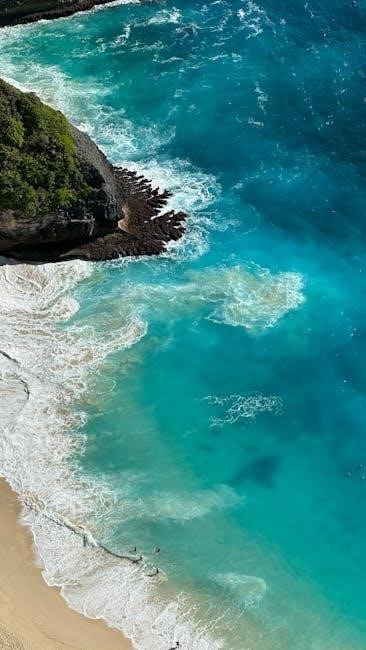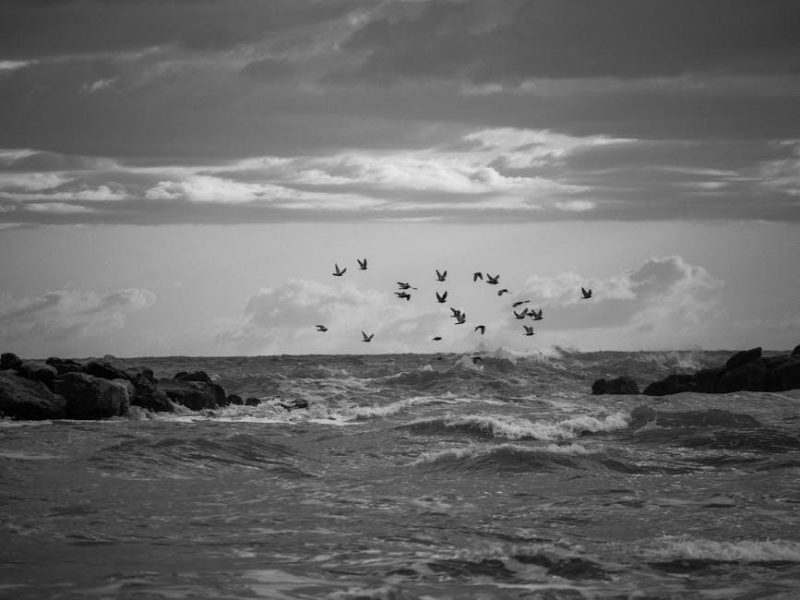Island of the Blue Dolphins‚ written by Scott O’Dell‚ is a captivating novel based on the true story of a Native American girl’s survival on a remote island; The story follows Karana‚ a young girl stranded on San Nicolas Island‚ as she navigates solitude‚ resilience‚ and the natural world. This timeless tale explores themes of survival‚ environmental harmony‚ and self-discovery‚ resonating with readers of all ages.

Historical Background and Inspiration
Island of the Blue Dolphins is inspired by the true story of Juana María‚ a Nicoleño Native American woman who lived alone on San Nicolas Island in the 19th century. The novel’s author‚ Scott O’Dell‚ was deeply moved by her resilience and the mystery surrounding her life. The story is set on Ghalas-at‚ a fictional island modeled after San Nicolas‚ one of the Channel Islands off California’s coast. O’Dell drew from historical records and the rich cultural heritage of the Nicoleño people to craft Karana’s journey. The novel reflects the real-life struggles of Native Americans during the 19th century‚ including displacement and the loss of traditional ways of life. By blending historical facts with fiction‚ O’Dell created a timeless tale that honors Juana María’s legacy and explores themes of survival and solitude.
Plot Summary
Island of the Blue Dolphins tells the story of Karana‚ a young Native American girl stranded on a remote island after her brother’s death. She faces challenges‚ builds shelter‚ hunts for food‚ and learns to coexist with nature. Overcoming loneliness and danger‚ Karana survives for many years before being rescued‚ showcasing her resilience and spirit.
Initial Conflict and Departure
The story begins with Karana‚ a young Native American girl‚ living on an island with her tribe. The arrival of Aleut hunters disrupts their peaceful life‚ leading to violence and the death of Karana’s father. Fearing for their safety‚ Karana and her younger brother‚ Ramo‚ attempt to escape the island. However‚ their journey takes a tragic turn when Ramo is killed by wild dogs‚ leaving Karana alone and heartbroken. With no one to turn to‚ Karana returns to the island‚ where she must confront the harsh reality of her solitude. This pivotal moment marks the beginning of her journey of survival and self-discovery‚ setting the stage for her remarkable story of resilience and growth.
Survival on the Island
Karana’s life on the island is marked by her remarkable ability to adapt and survive. Initially overwhelmed by grief and loneliness‚ she learns to build shelter‚ find food‚ and protect herself from wild animals. She discovers the importance of patience and observation‚ using her knowledge of the island’s resources to create tools and clothing. Over time‚ Karana develops a deep connection with the natural world‚ befriending animals like Rontu‚ a wild dog‚ and learning to respect the delicate balance of her environment. Her journey transforms her from a vulnerable girl into a resilient and resourceful individual‚ capable of thriving in isolation. This period of solitude becomes a testament to her strength and ingenuity‚ shaping her into a true survivor.
Rescue and Departure
After 18 years of solitude‚ Karana is finally rescued when a ship arrives at the island. The crew‚ astonished by her self-sufficiency‚ takes her to the Spanish mission‚ marking the end of her isolated life. Karana leaves behind the only home she has known for nearly two decades‚ carrying memories of her struggles‚ friendships with animals like Rontu‚ and the island that shaped her identity. Though she is relieved to escape her lonely existence‚ Karana feels a deep sorrow for leaving behind the life she built. Her rescue symbolizes the end of her journey as a castaway and the beginning of a new chapter in a world she no longer fully understands. This bittersweet departure underscores her resilience and the enduring impact of her time on the island.
Character Analysis
Karana‚ the protagonist‚ evolves from a vulnerable girl to a resilient survivor‚ embodying themes of courage‚ self-discovery‚ and harmony with nature‚ inspiring readers universally.
Karana: The Protagonist
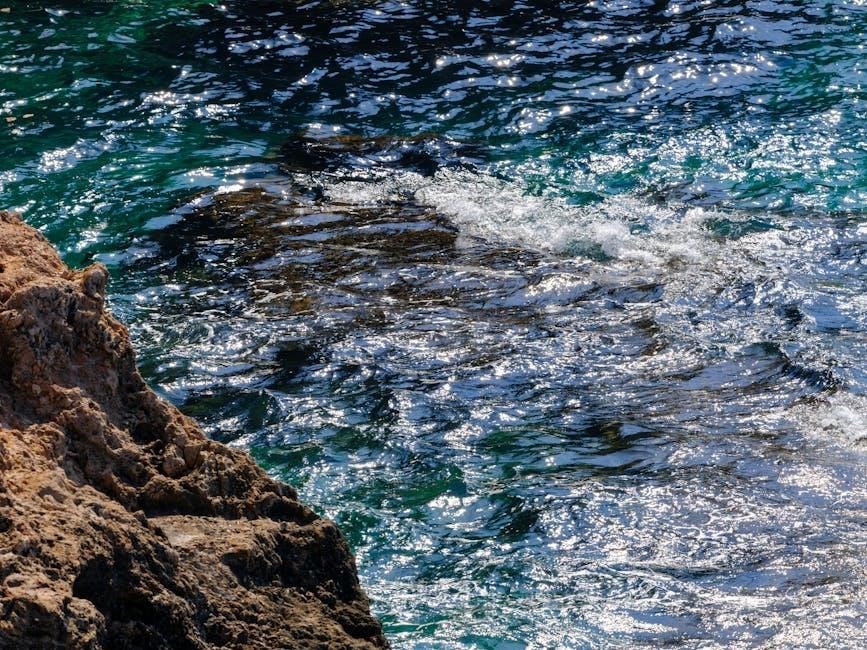
Karana‚ the 12-year-old protagonist‚ embodies resilience and adaptability. After being stranded on San Nicolas Island‚ she faces immense challenges‚ learning to fend for herself and find harmony with nature. Her journey from a dependent child to an independent survivor highlights her growth and resourcefulness. Karana’s deep connection with the environment and her ability to forgive and protect the wildlife showcase her strength and compassion. Through her story‚ Scott O’Dell portrays Karana as a symbol of courage and self-discovery‚ leaving a lasting impact on readers of all ages.
Ramo: Karana’s Brother
Ramo‚ Karana’s younger brother‚ is a central figure in the early stages of the novel. His curiosity and youthful energy contrast with Karana’s responsibility‚ creating a bond that highlights their shared isolation. Tragically‚ Ramo’s life is cut short when he is killed by wild dogs‚ leaving Karana alone on the island. This event deeply affects Karana‚ intensifying her sense of loss and isolation. Despite his brief presence‚ Ramo’s memory remains significant‚ shaping Karana’s journey and her ability to cope with solitude. His character underscores the fragility of life and the resilience needed to overcome such losses‚ making him a poignant element in the story.
Other Key Characters
Beyond Karana and Ramo‚ several other characters play pivotal roles in shaping the narrative of Island of the Blue Dolphins. Ulape‚ Karana’s older sister‚ represents the traditional values of their tribe and serves as a contrast to Karana’s independent spirit. The Aleut hunters‚ who arrive on the island to hunt otters‚ introduce conflict and drive the plot forward. Their leader‚ Captain Orlov‚ embodies the external threats to Karana’s way of life. Additionally‚ the wild dogs that inhabit the island pose a constant danger‚ symbolizing the challenges of survival. These characters collectively contribute to the rich tapestry of the story‚ highlighting themes of family‚ conflict‚ and resilience.

Themes Explored in the Novel
Island of the Blue Dolphins explores themes of survival‚ resilience‚ and environmental harmony‚ while delving into loneliness‚ friendship‚ and self-discovery‚ inspiring a deeper connection with nature.

Survival and Resilience
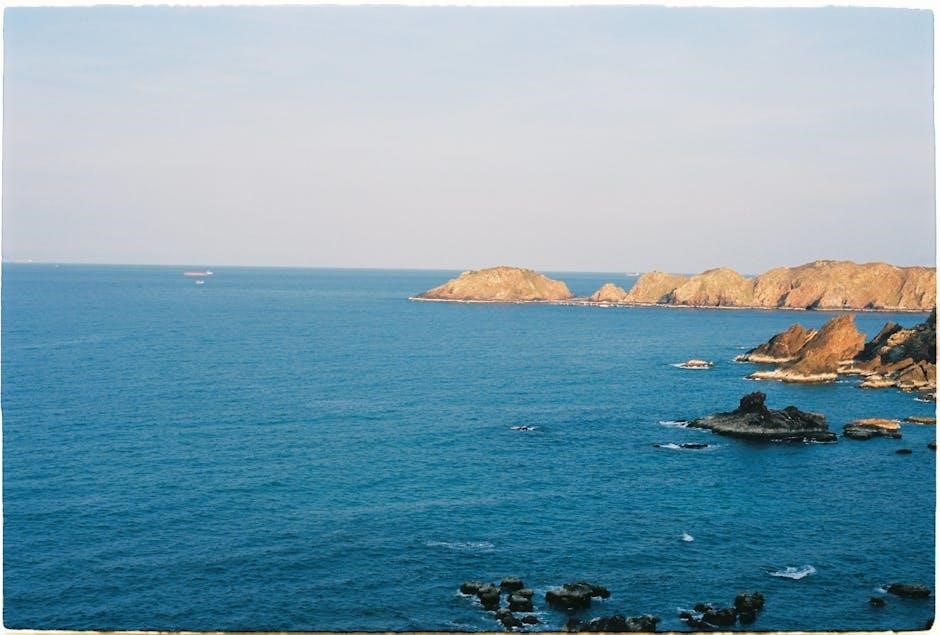
Karana’s journey in Island of the Blue Dolphins epitomizes survival and resilience. Stranded on a remote island‚ she learns to adapt‚ building shelter‚ finding food‚ and fending off threats. Her ability to thrive in isolation highlights her resourcefulness and strength. Overcoming loneliness and grief‚ Karana discovers inner courage‚ showcasing the human spirit’s capacity to endure adversity. Through her struggles and triumphs‚ the novel emphasizes the importance of perseverance and self-reliance‚ inspiring readers to reflect on their own resilience in challenging situations.
Environmental Protection
Island of the Blue Dolphins underscores the importance of environmental protection through Karana’s harmonious relationship with nature. Living alone on the island‚ she learns to respect and preserve the natural world‚ avoiding unnecessary harm to animals and plants. Karana’s resourcefulness in crafting tools and building shelter highlights sustainable living practices. The novel emphasizes the interconnectedness of life and the need for conservation. By portraying Karana’s deep respect for her surroundings‚ the story advocates for coexisting with nature and protecting ecosystems. This theme remains a vital message‚ encouraging readers to adopt environmentally conscious behaviors and appreciate the beauty of the natural world.
Loneliness and Friendship
In Island of the Blue Dolphins‚ loneliness is a central emotional theme as Karana faces isolation on the island. Despite her resilience‚ she deeply misses her family and tribe‚ often reflecting on the life she once knew. However‚ her loneliness is alleviated by unexpected friendships with the island’s animals‚ such as Rontu‚ a wild dog she tames‚ and the dolphins that frequent the shores. These relationships highlight the importance of companionship and the ability to form connections‚ even in the most solitary circumstances. The novel portrays friendship as a source of comfort and strength‚ showing how Karana finds meaning and joy through her bonds with the natural world‚ proving that love and companionship can thrive in unexpected forms.
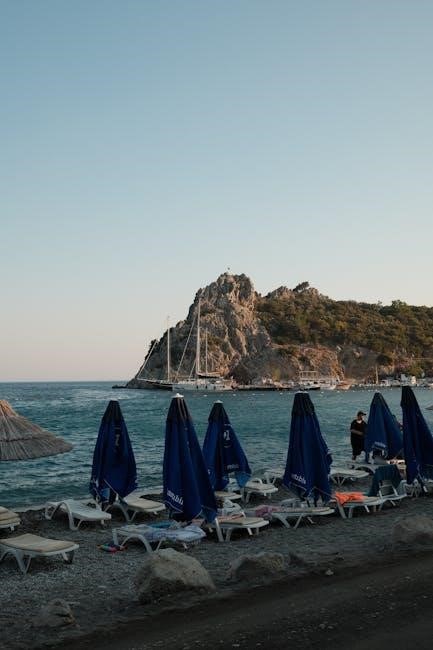
Historical Context
Island of the Blue Dolphins‚ written in 1960 by Scott O’Dell‚ is inspired by the true story of the Lone Woman of San Nicolas Island‚ who lived there in the early 19th century. The novel reflects the rich history of the Channel Islands‚ first inhabited by Native Americans around 2000 B.C. and later discovered by Spanish explorers in 1602. This historical backdrop enriches the story of Karana’s survival and resilience.
The Lone Woman of San Nicolas Island
The Lone Woman of San Nicolas Island‚ also known as Juana María‚ was a Native American woman who lived alone on San Nicolas Island in the early 19th century. Her story inspired Scott O’Dell to write Island of the Blue Dolphins. Juana María was the last surviving member of her tribe‚ left behind after the rest were either killed or taken by hunters. She survived for 18 years‚ mastering skills like building shelters‚ hunting‚ and crafting tools. Her resilience and adaptability in isolation mirror Karana’s journey in the novel. Juana María’s story is a testament to the strength of the human spirit and the deep connection between indigenous peoples and their natural environments.
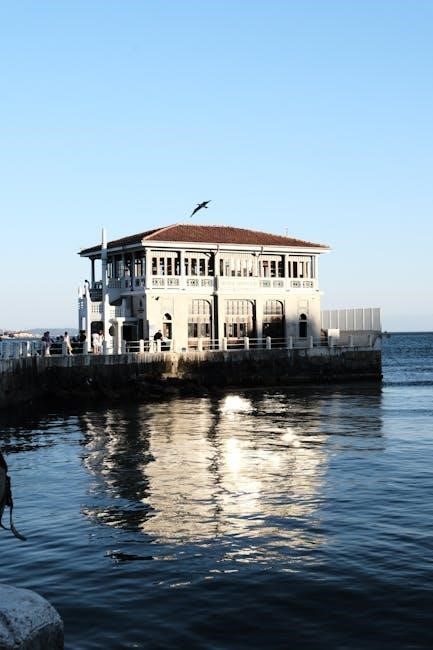
Legacy of the Novel
Island of the Blue Dolphins is a timeless classic‚ resonating with readers for decades. Its empowering tale of survival has inspired countless young minds globally.
Impact and Popularity
Island of the Blue Dolphins has become a beloved classic‚ captivating readers with its inspiring story of survival and self-discovery. Since its publication in 1960‚ the novel has resonated with audiences of all ages‚ making it a staple in many school curriculums and home libraries. Its universal themes of resilience‚ environmental respect‚ and personal growth have endeared it to readers worldwide. The story of Karana‚ a young girl thriving in isolation‚ has inspired countless young minds to explore courage‚ independence‚ and the beauty of nature. The novel’s timeless appeal lies in its ability to connect with readers emotionally‚ offering valuable life lessons while immersing them in a vivid and unforgettable journey.
Awards and Recognition
Island of the Blue Dolphins has garnered significant literary acclaim‚ earning numerous prestigious awards and nominations. The novel won the Newbery Medal in 1961‚ a testament to its exceptional storytelling and thematic depth. Scott O’Dell’s masterful portrayal of Karana’s journey also led to the book being named a Notable Children’s Book by the American Library Association. Furthermore‚ it has been recognized for its historical and cultural significance‚ shedding light on the experiences of Native Americans. These accolades highlight the novel’s enduring impact and its ability to resonate with readers across generations‚ solidifying its place as a timeless classic in children’s literature and beyond.
Study Guides and Resources
Comprehensive study guides and resources for Island of the Blue Dolphins are available online‚ offering detailed summaries‚ character analyses‚ and thematic insights. SparkNotes and BookBrief provide in-depth materials for students and educators‚ ensuring a deeper understanding of the novel’s elements and significance.
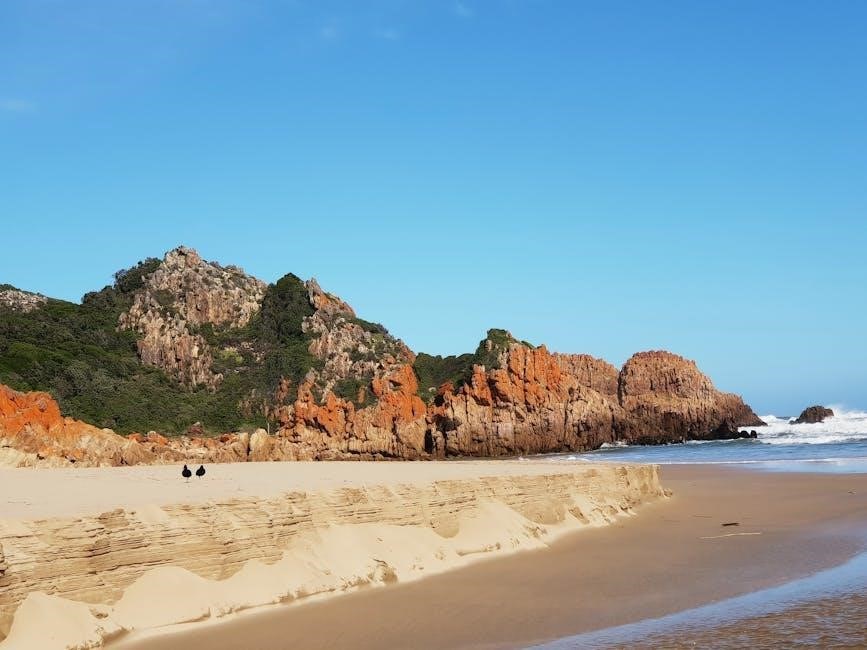
Island of the Blue Dolphins tells the story of Karana‚ a young Native American girl stranded on San Nicolas Island. The novel‚ based on real events‚ explores her 18-year survival journey‚ focusing on themes like resilience‚ loneliness‚ and environmental harmony. Karana’s resourcefulness and emotional growth are central to the narrative. The story highlights her deep connection with nature and her ability to thrive despite isolation. Through vivid descriptions and a compelling plot‚ Scott O’Dell crafts a tale that resonates with readers of all ages‚ offering insights into human spirit and the natural world. The novel’s timeless appeal lies in its universal themes and the inspiration it draws from the true story of the Lone Woman of San Nicolas.

Educational Resources
Various study guides and educational resources are available for Island of the Blue Dolphins‚ offering in-depth analysis and summaries for students and educators. SparkNotes provides comprehensive chapter-by-chapter summaries‚ character analysis‚ and theme explanations. BookBrief offers detailed insights into Karana’s journey‚ highlighting survival tactics and emotional growth. Teaching guides include lesson plans‚ discussion questions‚ and activities to explore the novel’s themes of resilience and environmentalism. These resources enhance understanding of the novel’s historical context and its connection to the true story of the Lone Woman of San Nicolas Island. They are invaluable tools for both classroom instruction and independent study‚ fostering a deeper appreciation of Scott O’Dell’s timeless story.
